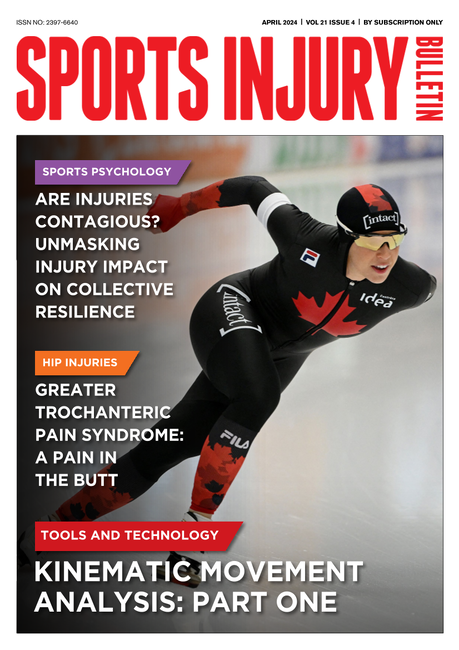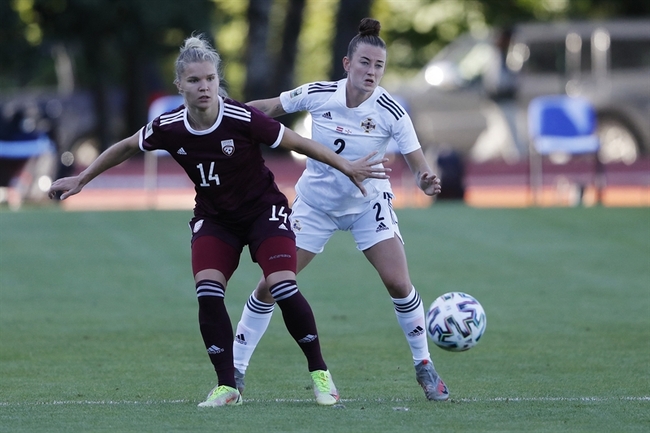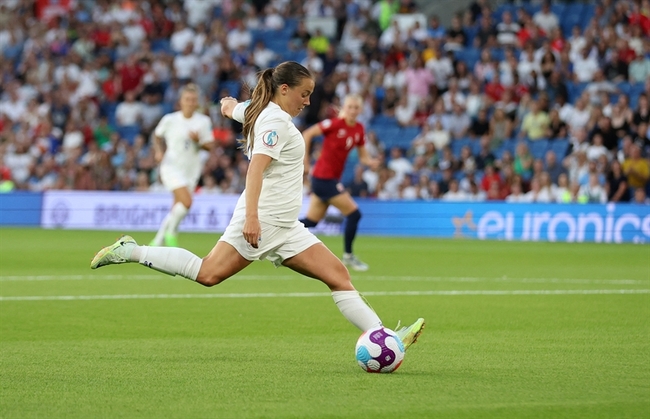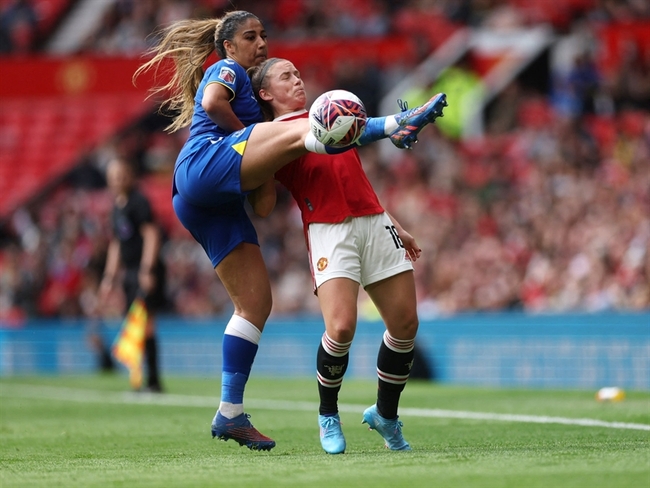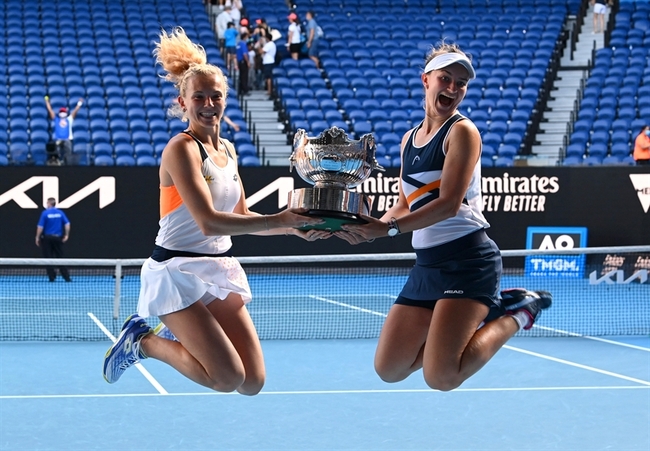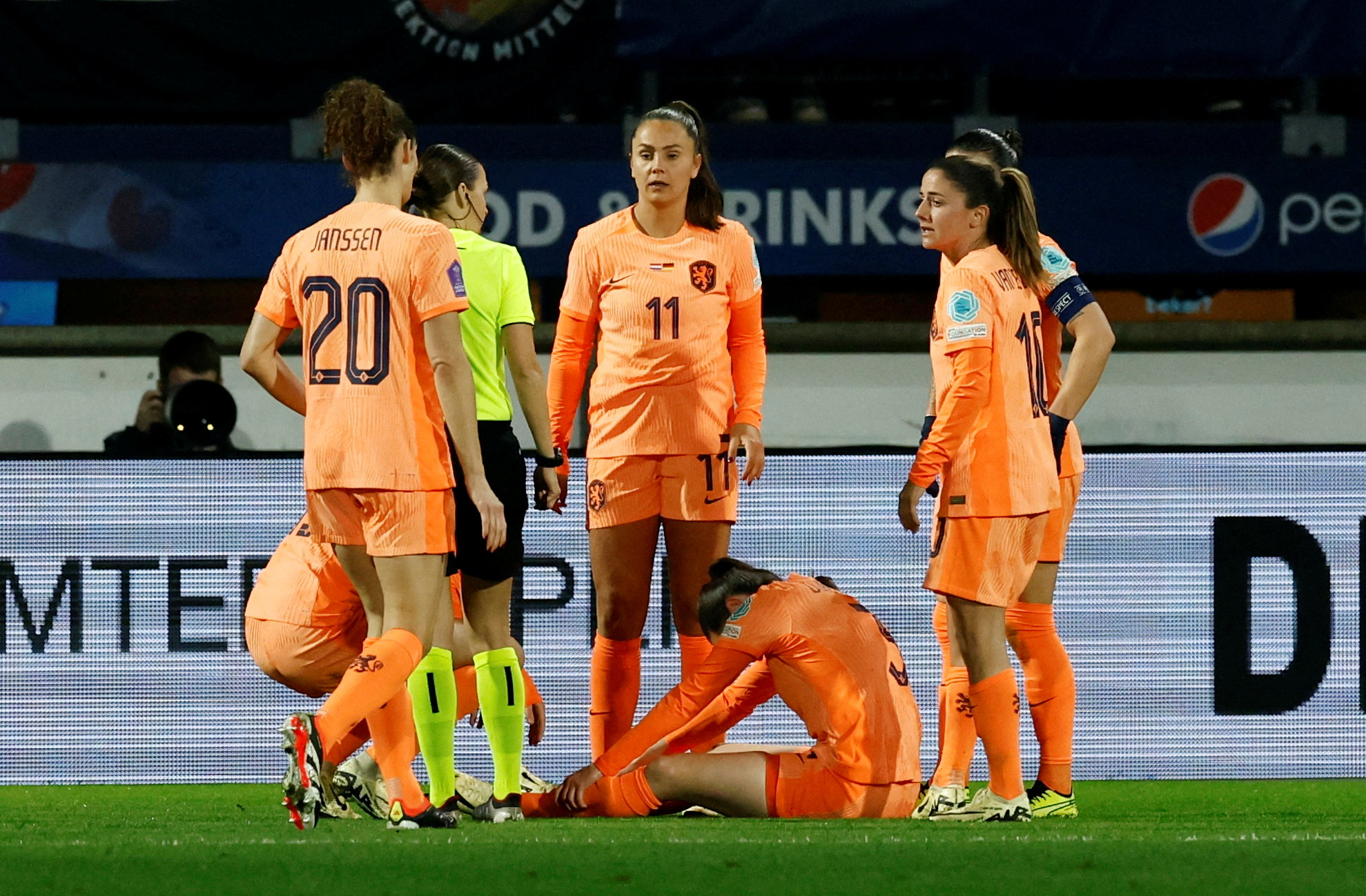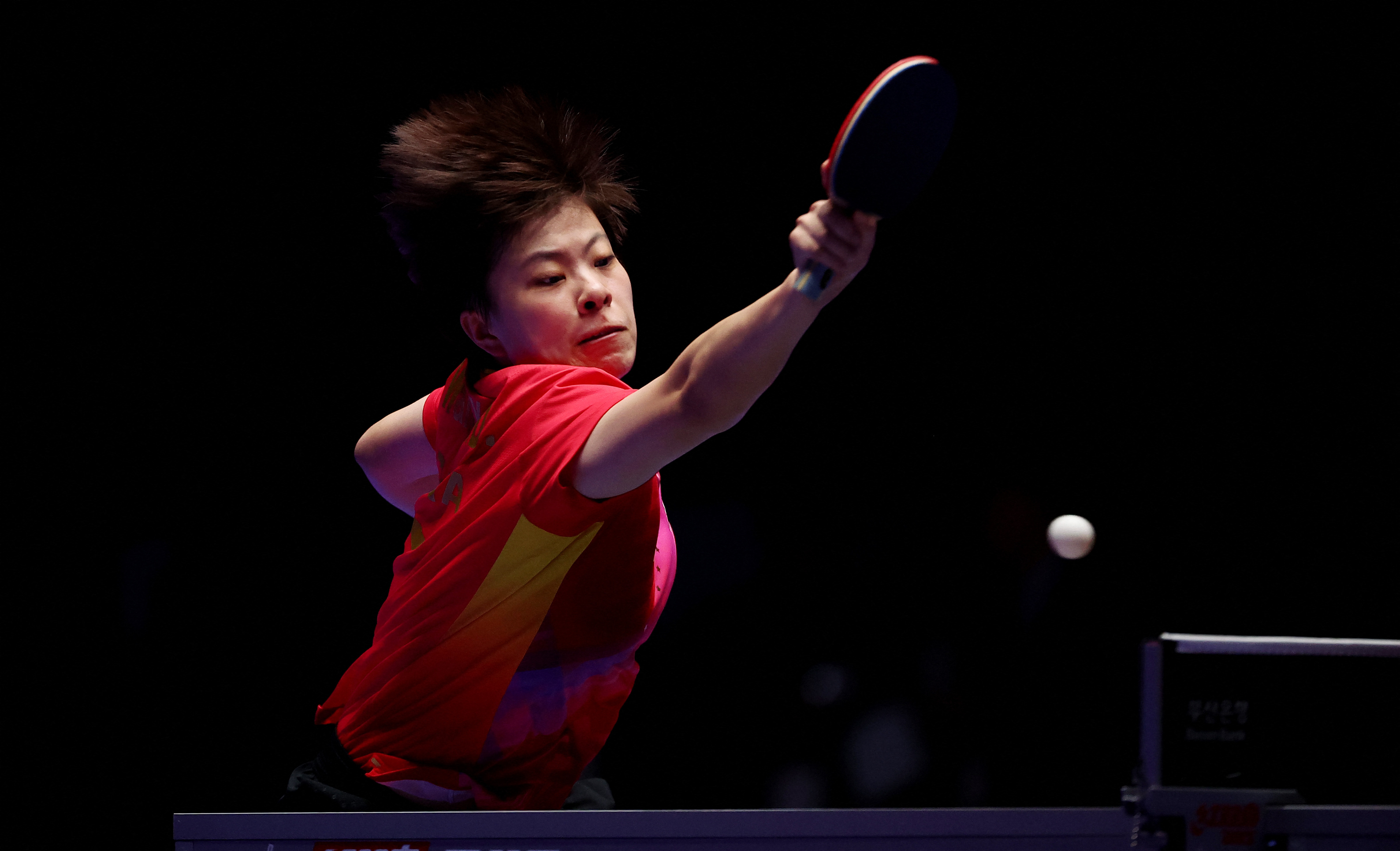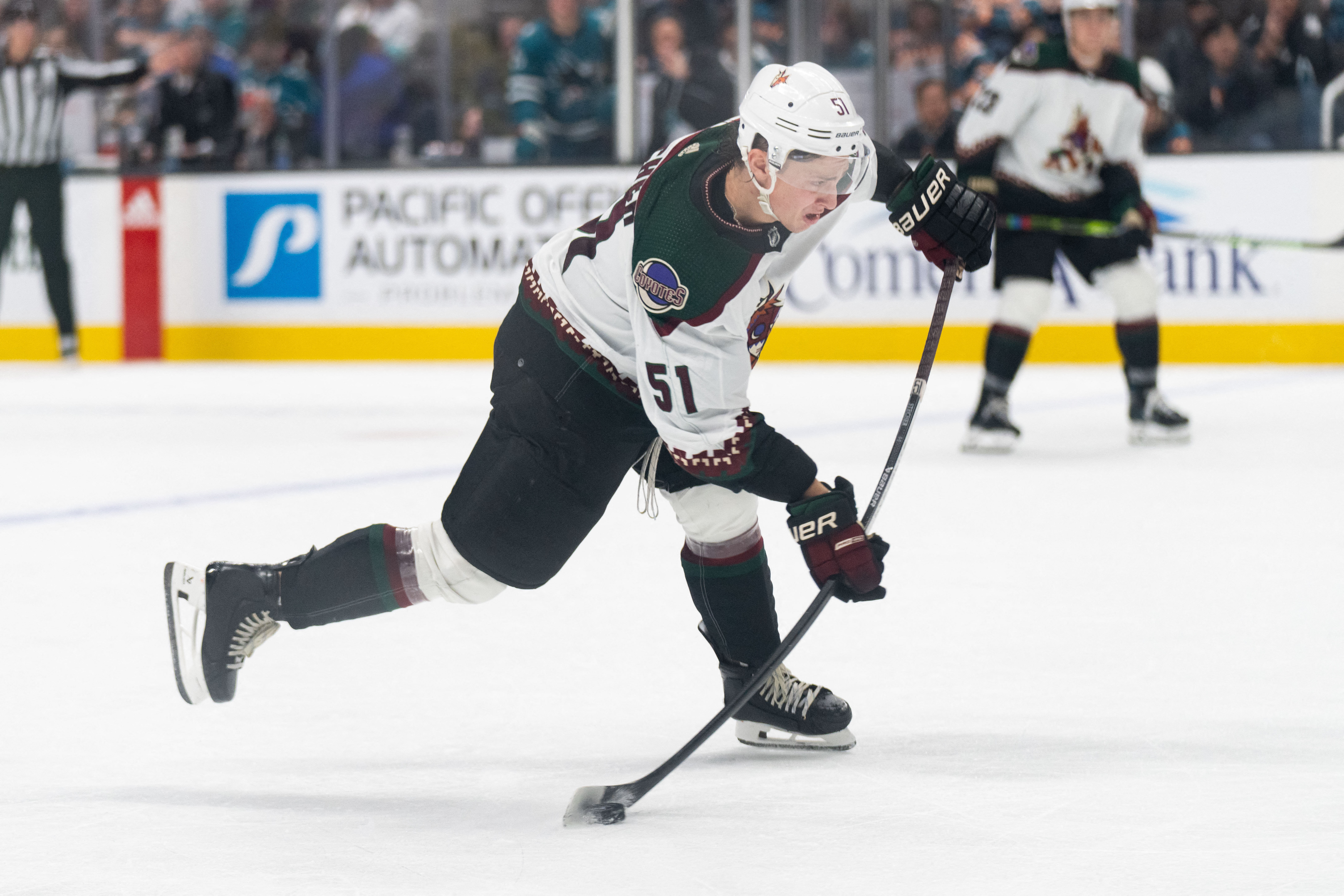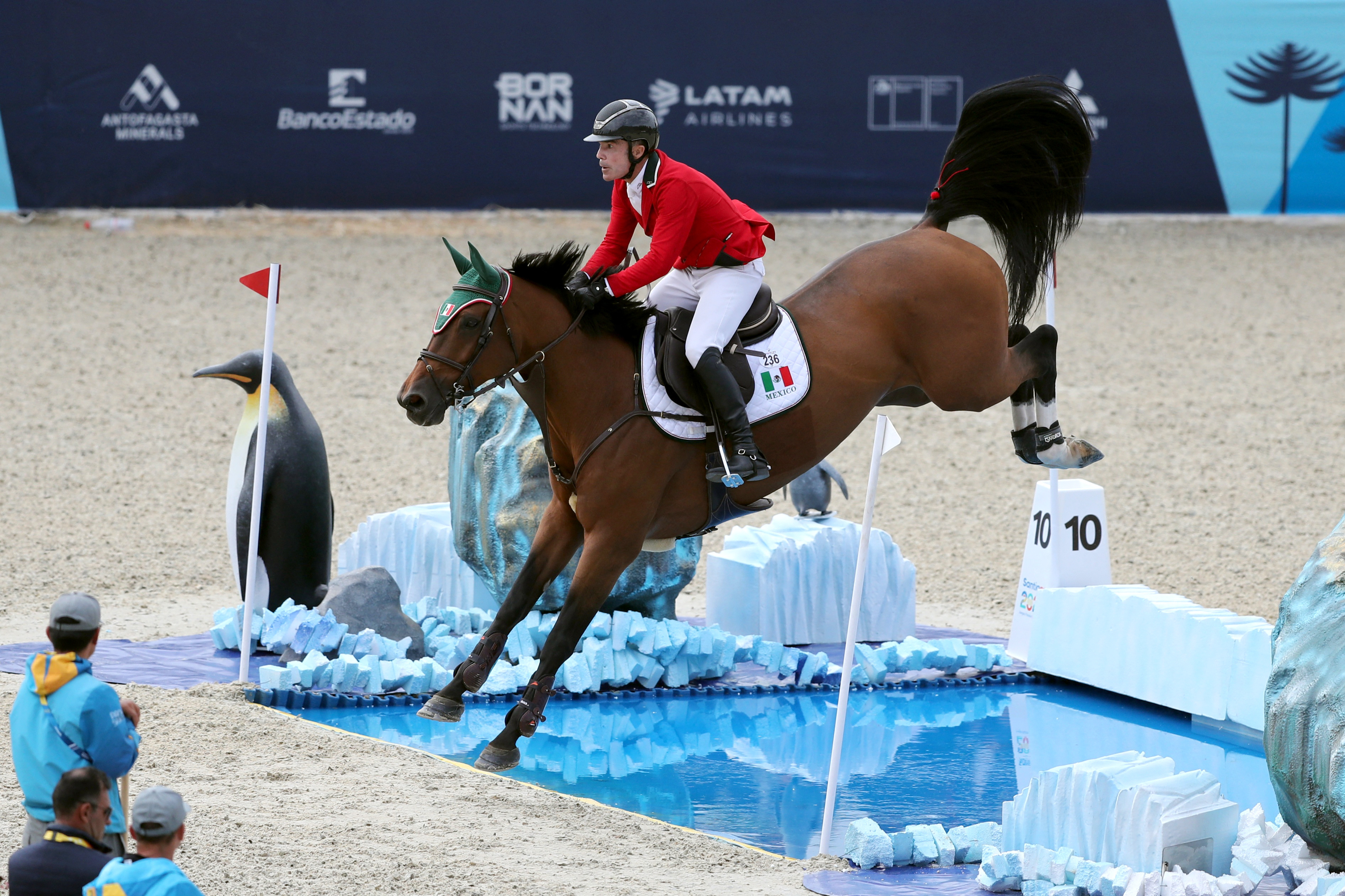Does thoracic manipulation effectively treat subacromial pain?

In 2018 Jeremy Lewis, Ph.D. raised a controversial point in his editorial titled The End of an Era?(1) He proposed that surgery for subacromial pain may be unnecessary as the acromion may not impinge structures as once believed. He also presents physical therapy and exercise for shoulder pain as an equally effective strategy. He makes an interesting recommendation that
“… although manual therapy may only have a short-term effect and provide no difference in functional outcome measurements…its addition might improve patient-perceived success at 4 weeks and 6 months, and acceptability of symptoms at 4 weeks.”(1)
Dr. Lewis asserts that manual therapy, indeed surgery itself, may be a placebo treatment, yet also a completely acceptable addition to a treatment plan. Researchers in Connecticut investigated whether upper thoracic spinal manipulations might indeed be a beneficial, rather than a placebo, component in the treatment of shoulder pain(2). They enrolled 60 recreationally active adults, ages 18-65, with shoulder pain in the study and randomly assigned them to one of three groups:
- Supine thoracic spine thrust manipulation (TSTM)
- Seated TSTM
- Sham manipulation
All subjects tested positively for at least three signs of subacromial pain:
- Anterolateral shoulder pain
- + Neer or Hawkins-Kennedy test
- Painful arc
- AROM shoulder abduction > 90º
- + Pain with isometric resisted abduction or external rotation
The researchers administered the following baseline measurements to all participants:
- Penn Shoulder Score
- Scapular upward rotation and posterior tilt during both AROM and PROM of the shoulder
- Pectoralis minor muscle length
- Peak isometric force of middle and lower trapezius and serratus anterior
The examiner was blinded to the assignment of the subject when administering the baseline test, but not when conducting the same tests post-intervention.
After the baseline assessment, the subjects received one of the three treatment interventions to the spine between the levels of C7 and T4, two times during one treatment session. Immediately after the treatment, the same baseline tests were given except for the Penn Shoulder Score, which was administered 48 hours after the intervention.
Results
The researchers reported the change in scores for the tests from baseline to post-intervention for all three interventions and compared them. The results showed no significant difference in the change in score between the three interventions. Nor do the investigators report a significant change in score within a treatment approach. While they offer many reasons why their hypothesis that the TSTM would positively impact one of the measured outcomes was possibly not proven, the reasoning seems a bit far-fetched. For instance, they assert that only 20% of the subjects were interested in receiving treatment for their shoulder pain. This implies that perhaps the participants didn’t have significant enough pain or dysfunction. Yet, they each had to test positively for three diagnostic conditions. Indeed even the sham test failed to produce “patient perceived success,” as Dr. Lewis wistfully suggests(1). While disappointing to the investigators, this well-conducted study seems to conclude that TSTM does not affect scapular movement, position, or subacromial pain. Therefore, it has no place in the evidence-based treatment of this condition.References
- J Orthop Sports Phys Ther.2018;48(3):127-129
- J Orthop Sports Phys Ther. 2019 Oct;49(10):716-724
You need to be logged in to continue reading.
Please register for limited access or take a 30-day risk-free trial of Sports Injury Bulletin to experience the full benefits of a subscription.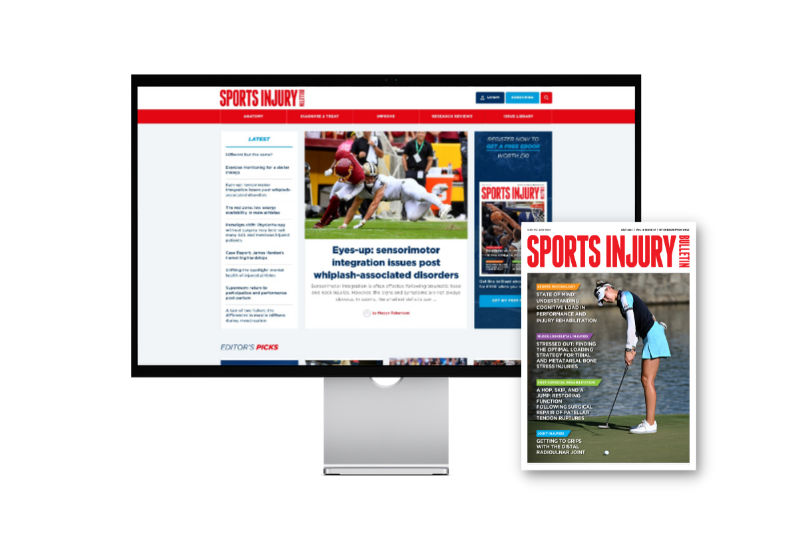 TAKE A RISK-FREE TRIAL
TAKE A RISK-FREE TRIAL
Newsletter Sign Up
Subscriber Testimonials
Dr. Alexandra Fandetti-Robin, Back & Body Chiropractic
Elspeth Cowell MSCh DpodM SRCh HCPC reg
William Hunter, Nuffield Health
Newsletter Sign Up
Coaches Testimonials
Dr. Alexandra Fandetti-Robin, Back & Body Chiropractic
Elspeth Cowell MSCh DpodM SRCh HCPC reg
William Hunter, Nuffield Health
Be at the leading edge of sports injury management
Our international team of qualified experts (see above) spend hours poring over scores of technical journals and medical papers that even the most interested professionals don't have time to read.
For 17 years, we've helped hard-working physiotherapists and sports professionals like you, overwhelmed by the vast amount of new research, bring science to their treatment. Sports Injury Bulletin is the ideal resource for practitioners too busy to cull through all the monthly journals to find meaningful and applicable studies.
*includes 3 coaching manuals
Get Inspired
All the latest techniques and approaches
Sports Injury Bulletin brings together a worldwide panel of experts – including physiotherapists, doctors, researchers and sports scientists. Together we deliver everything you need to help your clients avoid – or recover as quickly as possible from – injuries.
We strip away the scientific jargon and deliver you easy-to-follow training exercises, nutrition tips, psychological strategies and recovery programmes and exercises in plain English.


